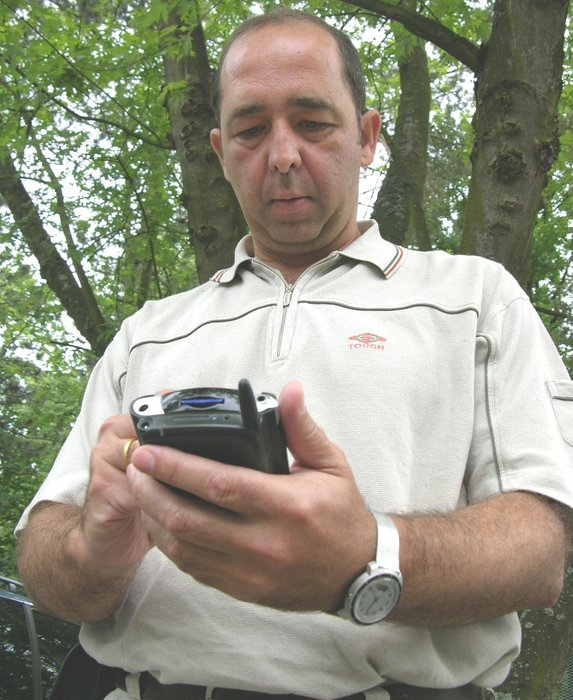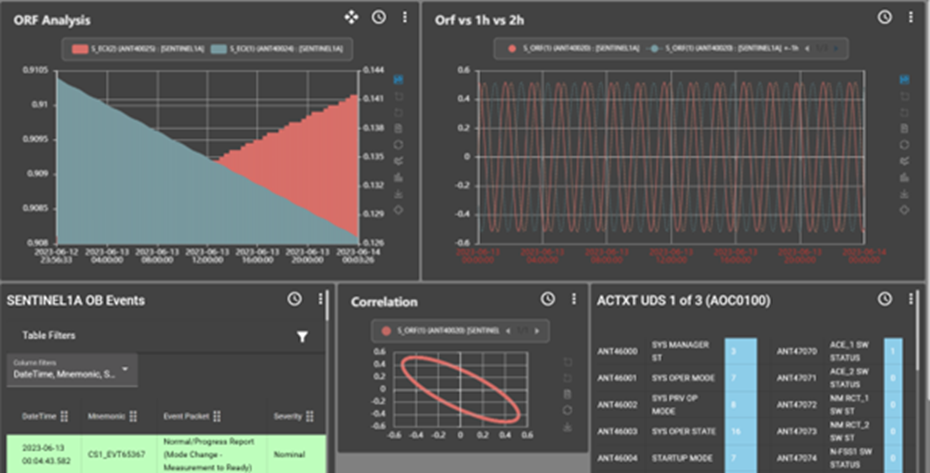Revolutionizing Space Operations: The Evolution of MUST
01 November 2023
In an era marked by rapid advancements in technology and the growing importance of space exploration and satellite-based services, the European Space Agency (ESA) has been for the last 20 years at the forefront of innovation and excellence in space missions. Central to ESA's successful satellite monitoring endeavours is the MUST (Mission Utility and Support Tool) software.
The Genesis of MUST: Birthed from the Smart-1 mission
In its embryonic phase, known as "Grains," MUST was initially a Matlab-based client developed in 2003 for the ESA Smart-1 mission. This nascent tool offered rudimentary data plotting and an internet interface, signifying a modest start in the realm of space mission software. Smart-1 entailed numerous technology packages and pioneered the use of electric propulsion. However, a flaw in the initial "Error Detection And Correction" (EDAC) algorithm implementation resulted in recurrent controller resets during each passage through the radiation belts.
Initially crafted to model the radiation environment surrounding the spacecraft, "Grains" offered invaluable insights to predict and mitigate reset incidents.
The collaboration between the "Grains" developers and the Smart-1 mission team catalyzed the evolution into MUST, a far more sophisticated tool capable of swift data visualization and correlation through web interfaces. This marked a transformative shift in mission operations, eliminating the need for physical presence on-site at ESOC due to security concerns.
MUST empowered the Smart-1 engineers to orchestrate teleconferences and share spacecraft data seamlessly from their homes or any location, curbing the frenzied rush to the site in response to emergency calls during the mission's initial phases. Over time, it incorporated additional features, including a rule-based system triggering SMS messages to the Flight Control Team. These were later complemented with graphical data interface implemented in java giving a modern smartphone-like user experience.

The image shows Octavio Camino, the Spacecraft Operations Manager of SMART-1 in 2003, accessing flight data via a personal digital assistant (PDA) attached to a bulky SIM card mobile interface. Wireless web access was made possible by the MUST Mission Utility & Support Tool developed by ESA and industry partners.
Image credits: ESA
MUST: The Present and Beyond
Initially tailored to meet the Smart-1 mission's specific demands, MUST's potential was soon recognized by other Flight Control Teams, sparking efforts to overhaul its design and code. This transformation saw it evolve into a versatile, generic tool capable of serving an array of missions. Today, MUST stands as an indispensable resource for a multitude of missions at the European Space Operations Centre (ESOC) in Germany.
MUST continues to prove its mettle as an unwavering pillar of satellite mission control, facilitating real-time monitoring, data collection, and mission support. Its history is a testament to its credibility and unparalleled functionality.
As the years have unfolded, the MUST ecosystem has grown, introducing the potent "WebMUST" interface and incorporating additional plugins and features to enhance diagnostics, anomaly detection, and offline analysis. A suite of applications, including "DrMUST," "Novelty Detection," "MUSE," "the ARES adapter," "MUSTLink," and "GOA," have collectively propelled the efficiency of anomaly response and prolonged the life of ESA missions.
Presently, MUST is in regular use by most ESA missions, with over 250 engineers actively leveraging the application. This wealth of experience forms the bridge to our next evolutionary phase – the integration of Artificial Intelligence. This step promises a wealth of new capabilities for data analysis that extends beyond the confines of aerospace applications.

The image displays a screenshot of the current version of MUST.
A Collaborative Odyssey
Our journey to enhance MUST is far from solitary; it's a collaborative endeavour with ESA. This ensures that our enhancements adhere to industry best practices and gain insights from space exploration experts. Recently, ESA has granted a MUST license to Solenix, and we are delighted to announce the tool’s inclusion in Solenix’s portfolio of commercial services.
If you are entrusted with diverse datasets and seek intelligent, state-of-the-art processing and visualization, we cordially invite you to reach out to Solenix. Our mission is to propel your data analysis to the next level, unlocking new horizons and opportunities, not confined solely to aerospace applications.
Although they have not been involved in the development of MUST in a very long time, the two fathers of MUST, José Martínez and Alex Baumgartner, are still very proud of what they have created 20 years ago.